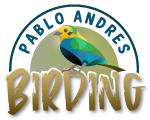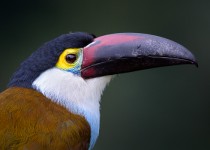The photograpy gear I use
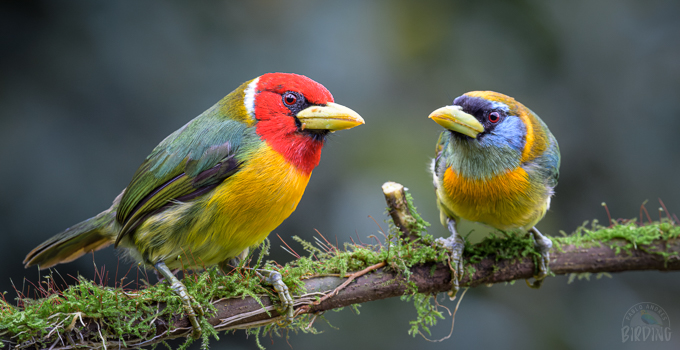
Photo taken with my current gear. You’ll find out what that is reading the whole article.
As I told you in a previous post (Discovering birding and bird photography), I was using a Nikon D7100 when I started my bird photography journey. At that moment, I coupled it with a Sigma 150-600mm Contemporary lens.
Lack of precision and autofocus speed, as well as sensor limitations related to performance in low light made me take the leap for a better camera body. During some weeks I had the opportunity to test a D7500. Even though I got better results, the camera still had some drawbacks, like not having a full frame sensor.
I was very inclined to test the mirrorless technology. As I had been a Nikon user since the beginning of my photographic journey, I knew the brand and its gear very well and was pleased with the results. So, I decided it was a good time to try out the mirrorless cameras and upgrade to a full frame sensor. Then, I got into the task of researching for different options and reading reviews and information about Nikon’s performance on mirrorless cameras.
Overall, impressions were good. Though autofocus wasn’t one of the strengths, the manufacturer was doing a good job improving it through firmware updates. When I got to the camera, which had been launched at the end of 2018, there were already some of these updates for download.
I join the mirrorless world
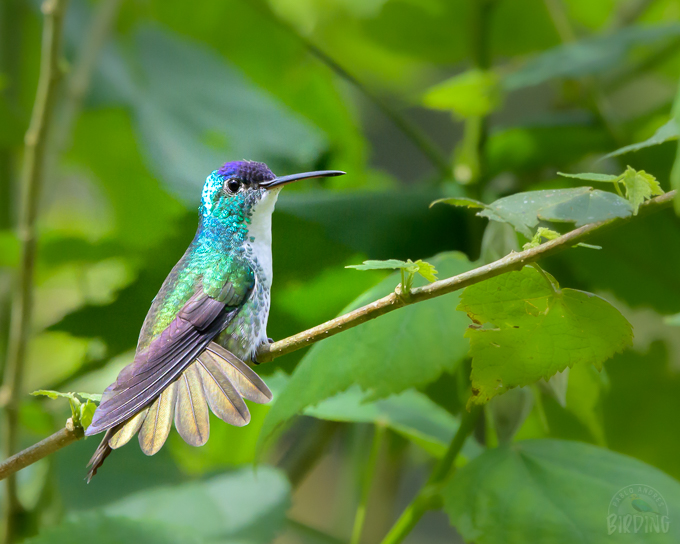
After giving it some thought, and wanting to definitely benefit from the advantages of mirrorless technology, on December 2019 I decided on one of the new Nikon full frame cameras from the Z Series, the Z6. On the plus side of these cameras there is focus precision/speed, improved sensors and the ability to have histogram and exposure information in real time, which end up being great advantages for bird photography. Being able to decide on correct exposure in changing or difficult light conditions may be the difference between getting the photo you want or missing a unique opportunity forever. I will write about this in more detail in a future post and I will also tell you how I got used to this new photographic process, which for mirrorless is a bit different from DSLRs.
The difference was remarkable from day one. To begin with, the full frame sensor allowed for more resolution and this meant photos with better detail. Additionally, despite the Sigma lens not being the fastest focusing, and adding up that it also got slightly affected by the FTZ adapter, results really improved. I was able to start shooting in more demanding light conditions, in more complex situations and with more creative freedom.
Note: Nikon’s FTZ adapter allows to use, in new Z Series cameras, lenses that were designed for the previous F mount.
It is required because the new Z mount is wider/bigger than that of its predecessors. In general, all of the modern lenses work 100% fine with the adapter, however there is a slight focus speed decrease that must be taken into account. This can be counteracted in many ways and it is something you finally get used to.
In the almost 2 years I’ve been using this technology I haven’t really felt it is something that prevents you from getting good results, even more when gains in focus precision in mirrorless cameras are significant.
What you gain in precision and focus capability in low light (or with small apertures) really ponders what you lose in focus speed (which is not that much). Additionally, once the subject is in focus, the camera makes a really good job keeping focus and reacting fast to subject movement or refocusing needs.
Results really improved but…
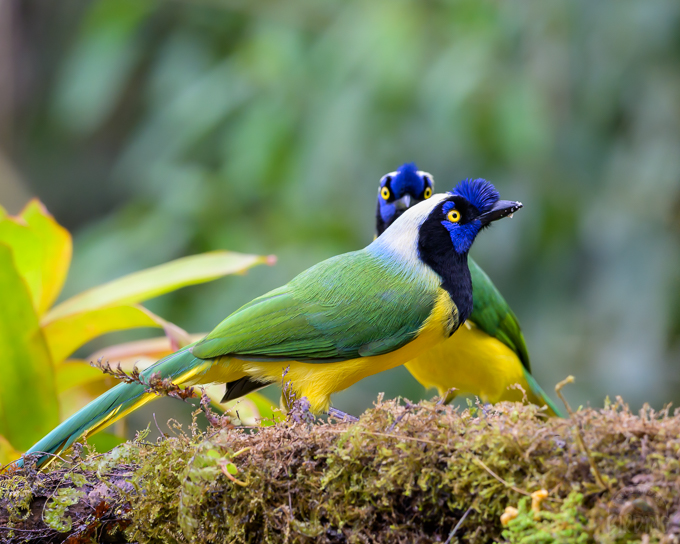
My new gear allowed me to obtain improved results, achieving much better focus in birds’ eyes and much better detail overall. Additionally, I could start using higher ISO settings and noise decreased amazingly. This last part mainly because having exposure and histogram information, in real time, allowed me to make sure not to underexpose pictures, something that increases noise exponentially when it happens. In a future post, I’ll tell you more about this and how I realized it thanks to a course I took in late 2020 with renowned bird photographer Memo Gómez.
Let’s get back to our main topic. Even though I was seeing notable improvement in photos with the new camera, I felt the lens was preventing me sometimes from getting the results I wanted. So, I started thinking about the chance of making a change in this field too.
One of the options was the Nikon 200-500mm, a very well known and used lens by many nature photographers, and one that has proven its quality and potential. However, I didn’t see that the difference versus the Sigma 150-600mm was significant enough as to take the decision and switch to this Nikon option, very similar but a 50% more expensive nonetheless.
So I looked for more advanced alternatives and I couldn’t help getting seduced by the versatility and superior optical quality of the Nikon 500mm f/5.6 PF. Despite being a fixed focal length lens, its PF (Phase Fresnel) technology made it much more lighter and smaller than the 200-500mm. It also had a better focusing speed. All of these would prove to be of great advantage in the future.
Bird photography was proving to be such a thrilling activity, bringing so much joy and having such projection in my life, that I decided to take the leap, even though it required a considerable higher investment. This hobby had not only turned into a way to recharge energies, as I told you in a past post: Discovering birding and bird photography, but it also was something I could see myself dedicating for the rest of my life. There are so many birds to see, even only here in Colombia, that we birders have guaranteed entertainment for many years if our goal is to photograph them all. Or at least the greater number possible.
I could take my photography to the next level
With this new combination, the Z6 mirrorless and the 500mm f/5.6 PF lens, I could start being fiercer while on the field and results improved again. For example, in photos of birds in flight or forest birds in not so favorable light conditions.
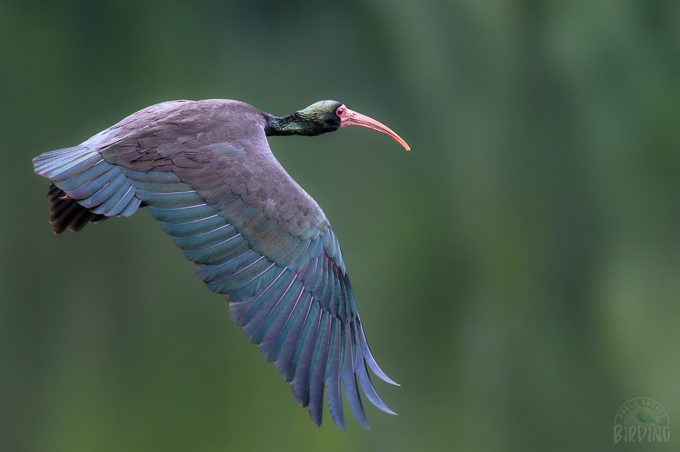
📸 Z6 + 500mm PF (ISO 2.000 – 1/1600 s – f/5,6)
Besides, new size and weight allowed me to use my photography gear throughout the day without the need of a tripod or monopod. This turned out to be a great advantage because I could adapt very quickly to changing conditions or to look for better angles for the photo. This is particularly useful when you’re on the field searching for birds in the woods or in natural habitats. In these cases, birds may fly and perch virtually anywhere around the photographer, up or down, so the fact of being able to shoot handheld may be the difference between nailing the shot or wasting the chance.
During the following months, I enjoyed and got the most out of this camera and got to take pictures that I would have never imagined before.
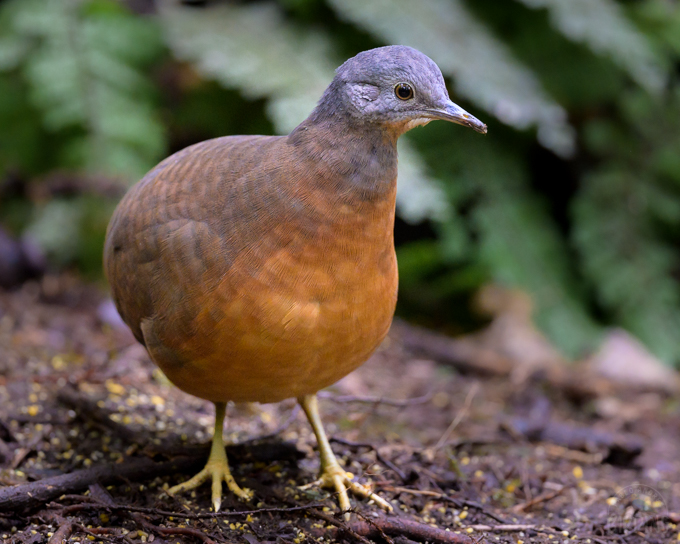
📸 Z6 + 500mm PF (ISO 8.000 – 1/50 s – f/5,6)
The final leap
Finally, I got the chance to upgrade my gear again. Having tested and proven the advantages of Nikon’s Z Series and mirrorless technology, and also knowing its weak points but already having antidotes for that, I decided I was ready to take the next leap. I advanced to the top mirrorless full frame technology Nikon had at the moment: the Z7 II.
A better autofocus performance and a higher sensor resolution (45.7 megapixels versus 24.5 from the Z6) were the main drivers. Mostly resolution, because having a higher pixel density (in the same sensor area) was going to give me photos with better detail (one of my main objectives with my photography).
This would be very advantageous, for instance, when photographing birds in flight or in natural habitats, as those are usually not so near. So, I could benefit from this advantage in order not to lose much detail when cropping in post-production. Even for birds at feeders, which you can get closer to, I could also benefit from this higher resolution and obtain better detail.
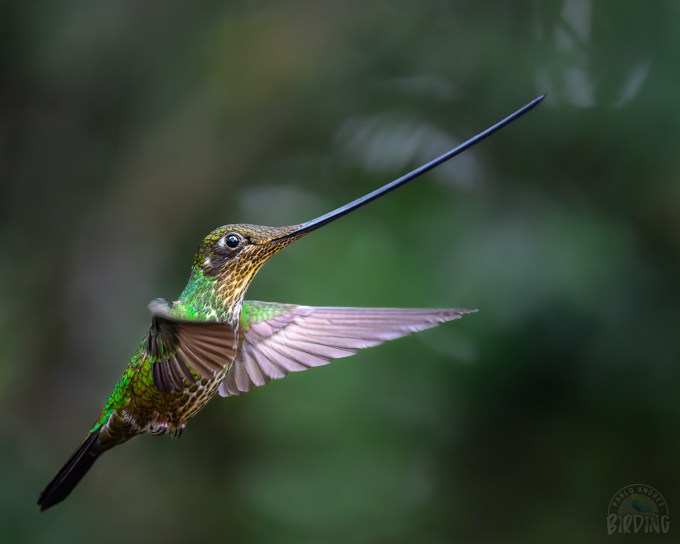
📸 Z6 + 500mm PF (ISO 4.000 – 1/1600 s – f/5,6)
We’ve reached the end of this post. This is the gear that I use now: the powerful Nikon Z7 II with the 500mm PF lens. I’m not only very pleased with its performance but I’m also sure this is a combo that will serve me for many years and that I’ll be able to get the most out of it in the next phases of this hobby/project of mine.
The gear has proven to be an excellent, reliable and consistent option for bird photography in the different scenarios you may face:
- Moving or in flight.
- Very dynamic and restless species.
- Challenging light conditions (i.e. photos in the woods at 16.000 ISO 🤯).
- Very near (focus precision is of the essence as depth of field is quite reduced).
- Very far (sensor resolution can make a difference when cropping).
Before ending, these are some of the advantages that I consider very important from this camera set-up:
- Sensor dynamic range and possibility to recover information from the shadows and highlights in very complex exposure situations (for instance, birds with plumages that are a mix of very bright and dark colors).
- Versatility to use amazingly high ISO settings that result in acceptable noise levels and in some cases almost no noise.
- Size and weight of the whole set-up, an advantage when on the field.
- Excellent lens optical quality.
- Excellent color management.
- Possibility of having “live view” and histogram in real time. This is perhaps the most competitive advantage mirrorless cameras have in contrast with DSLRs.
😄 I hope you have enjoyed this post. Let me invite you to follow me in Social Media as @birdingpablo. Please don’t forget to leave your comments, views or questions down below, I’ll be glad to answer them all. 👇
Over and out. ✌
